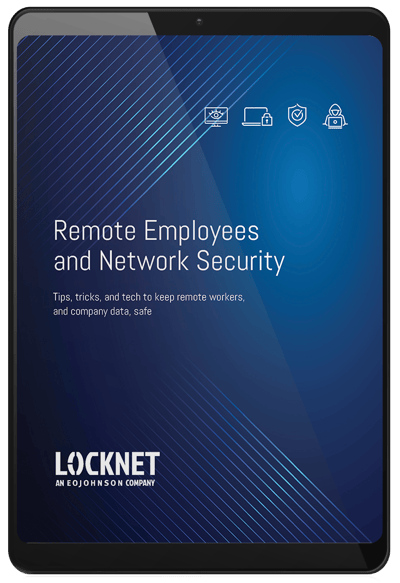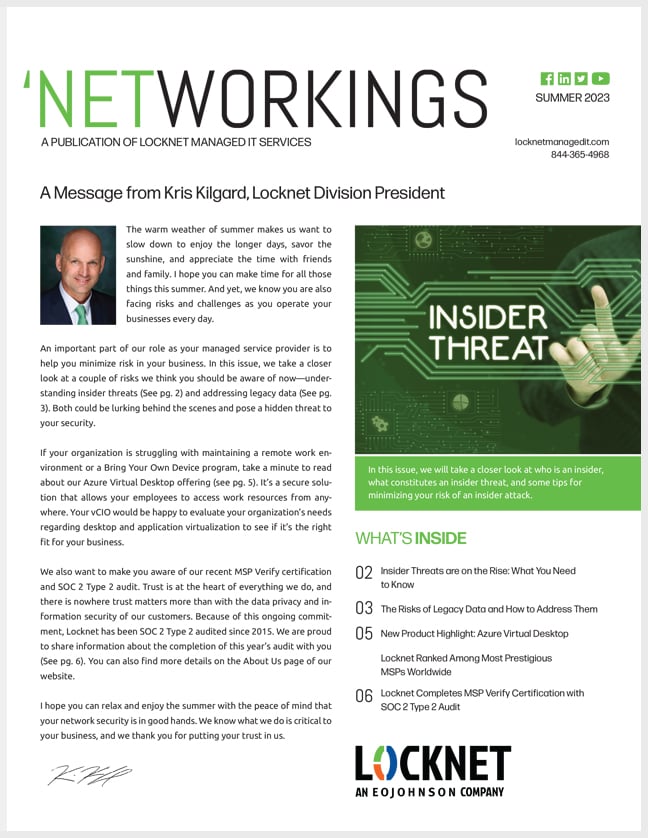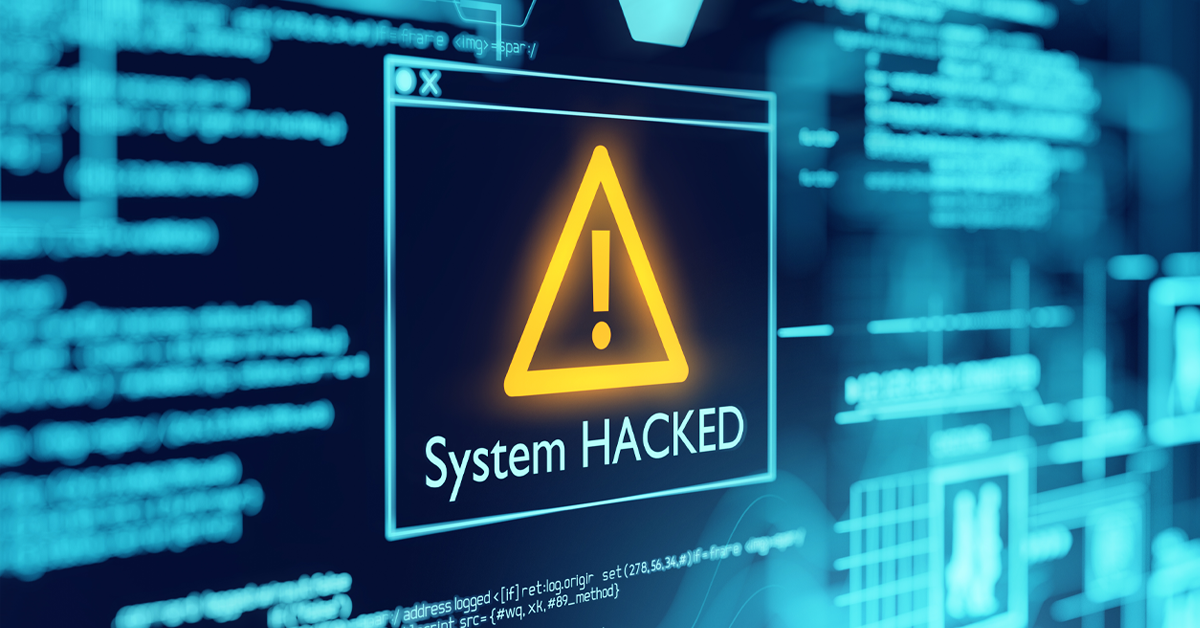Include these red flags when educating employees on cybersecurity
Knowing the signs of phishing emails can mean the difference between protecting the interests of your business, or falling victim to a costly and damaging scam. In today’s world of double- and triple-digit emails in the inbox every day, it’s all too easy to miss the red flags that could indicate phishing. So, what should you be looking for? And, when educating employees on cyber security, what are the key indicators they should be wary of when reading emails?
First, let’s take a look at what, precisely, phishing is.
Understanding phishing and how it works
Phishing is a common online scam, often run via email, intended to gather sensitive information from you or your company staff. That information may include passwords, login credentials, and more—vital information that you would never want to land in the hands of hackers. In addition, phishing emails may contain harmful attachments that can infect your device with ransomware, malware, or a virus. Phishing is one of the most prevalent scams today, and it’s easy to fall victim if you aren’t prepared, so knowing what to watch for is key.
Now, let’s examine common red flags of phishing emails.
- The email cites an emergency situation that is intended to scare you.
What better way to lure unsuspecting people in than by scaring them into taking immediate action? If an email seems designed specifically to make you panic and take fast action, hit pause. This is even true if the email seems to come from a reputable source, perhaps a company or service provider you trust. At first glance, that email may look legitimate, but it’s relatively easy for hackers to emulate reputable companies. If the email claims your account has been hacked, or that there’s suspicious activity and your account will be closed, these are signs that you should proceed with caution. Don’t respond directly to the email or click on the links within it. Instead, contact that company through means other than email and the information provided within it. Only then can you be certain you are reaching the right company, and not a scam artist.
Rampant spelling errors? Grammatical goofs? Awkward phrasing? All of these are signs that the email you’ve received is not legitimate, and may be a phishing email. If it reads like an email written by someone in Asia or Eastern Europe, it very well might be written by a hacker. Beware.
- The attachment seems fishy.
Always take great care when opening attachments, particularly when it’s an attachment seemingly from a company or individual you trust, that seems not quite right. Is the attachment unexpected or questionable in any way? Resist the urge to open it, as attachments can contain ransomware, viruses, malware, trojans, and malicious URLs.
- The email requests personal or protected information.
Any email that tries to get you to confirm passwords, login credentials, or other personal or company information should be viewed as highly suspect. Avoid clicking links or responding to the email in any way. Even if it appears to have originated from someone you know or a company you trust, it’s important to have your guard up; hackers have become very talented at emulating reputable organizations to get the information they need to execute a scam.
Seems counterintuitive, right? But scam artists know running a successful scam depends on creating a realistic-looking email. Their goal is to trick you, and they’re often very good at it. Remember, company emails are easy to locate and use in an email to make them look real. Be sure to look closely at the email address of the sender, as well as all URLs in the text. Often, you’ll be able to quickly tell whether an email is indeed fishy, or phishy.
Educate employees on cyber security with these signs of phishing emails
Educating your employees on cyber security is essential to protecting your company network, as well as the protected information of your customers. Know these signs of phishing emails and share them with staff to ensure everyone takes great care when they open their inbox.
Providing your employees with the knowledge they need to help protect themselves and your business is a small yet critical investment. Locknet® Managed IT offers a top-notch Security Education and Awareness program using state-of-the-art online training and professional guidance by top security professionals. To learn more, call 844-365-4968 and ask for a Locknet Account Executive in your area.









